Messerschmitt Luftwaffe German Air Force
Production Time 9 to 10 weeks
Shipment is by FedEx, UPS or DHL International Express Courier with a normal door-to-door delivery time worldwide of within 2-3 business days after dispatch. Due to the current volatility of world fuel prices, the amount mentioned here is our best estimate for DHL and UPS and may be subject to change at the time of shipping.

Model Description: Messerschmitt Luftwaffe German Air Force Wood Replica Scale Custom Model Aircraft
Manufacturer: Messerschmitt Bolkow Blohm
Wingspan: 17 Inches (43.2 Centimeters)
Height: 4.3 Inches (10.9 Centimeters)
Scale: 1:23
$239.50
Production Time 9 to 10 weeks
-
United States dollar ($)
-
Pound sterling (£)
-
Euro (€)
-
Australian dollar ($)
-
Canadian dollar ($)
-
Singapore dollar ($)
-
Swiss franc (CHF)
-
Japanese yen (¥)
-
Danish krone (kr.)
-
Hong Kong dollar ($)
-
Norwegian krone (kr)
-
Swedish krona (kr)
-
United Arab Emirates dirham (د.إ)
General Product Description
Our PlaneArts Messerschmitt Luftwaffe German Air Force model exhibits unique, unrivaled quality and detailed design to come as close as possible to the accuracy of the actual plane. It comes as standard with a robust, durable base or stand which is available in a variety of different finishes designed to match your own personal requirements including solid wood, wood with polished metal supports or adjustable wood wall mount and will be ready within about 9-10 weeks from placement of order.
The Messerschmitt Luftwaffe German Air Force model is made of the finest kiln dried renewable mahogany wood (commonly known as Lauan or Meranti) which has undergone many stages of carving and meticulous and careful sanding giving the beautiful, finished museum quality masterpiece. Many collectors and model connoisseurs demonstrate their preference for genuine handmade and hand painted mahogany wood models rather than plastic or die cast (diecast) alternatives due to the overall look and totally different feel of the item - we trust you will find the same. We can however, if required produce the same model in Solid Cast Resin so just click and contact us for further information. Our craftsmen and gifted artisans ensure that our finely handcrafted model airplanes match the precise blueprint details of the original aircraft. The paint scheme, markings and parts are closely matched, reflecting the original aircraft. This stylish top-quality desktop replica model will surely enthrall anyone who receives this as a gift and for sure one of the most appropriate and desirably collectable gifts for any military aviation enthusiast and avid aircraft collector whilst also displaying a perfect resemblance to the actual real life version.
There are many types of military propeller aircraft, but the basic types are bombers, fighters, fighter bombers, spotter planes, transporters, patrol aircraft, trainers, and reconnaissance and observation aircraft. All these types of aircraft are used for different types of missions. If you're a fan of historic or present-day military aviation, our model aircraft will bring the excitement and character of these aircraft right into your own home. You can order a wood airplane model of a North American B-25 Mitchell Bomber, a B17 - Flying Fortress, or a P-51 Mustang Nervous Energy V not forgetting the Bf 109, Spitfire, FW 190, A6M Zero, P-38 and F4U. These classic, propeller airplane models are of the highest quality. Each is individually crafted by our expert craftsmen. They produce handmade scale mahogany airplane models of the finest aircraft from World War I and II to present day biplanes and triplanes.
If you require, we can also make the Messerschmitt Luftwaffe German Air Force model in any other military, government or even private livery or colour scheme you require and if necessary, in a different size or scale. Just click here to contact us with a description or photographs of what you require, and we will let you have a quotation for the necessary customization by return email. We can also make bespoke scale replicas of any other private / civil commercial airliner or airliners, helicopter, glider, gliders with engines, military jet, warplane jets, biplane, triplane, tail fin, spacecraft, rocket or NASA model you require in any airline, military or civilian livery or colors. We also produce model airships, blimps, dirigibles, blimps, boats, and ship collectibles. Wall plaque or seal for military, government or private customers. Again, by clicking here to contact us just let us know exactly what you need.
The Messerschmitt and Its Role in the Luftwaffe
The Messerschmitt aircraft, notably the Bf 109 and Bf 110 models, are among the most iconic symbols of German air power during World War II. Produced by the Messerschmitt AG, these aircraft were central to the Luftwaffe’s operations and significantly influenced aerial combat dynamics throughout the war.
Development and Features:
The development of the Messerschmitt aircraft began in the 1930s, as Germany began to rebuild its air force in violation of the Treaty of Versailles. Under the leadership of Willy Messerschmitt, a pioneering German aircraft designer, the company produced the Bf 109 in 1935, which became one of the first modern fighters of its time. It featured an all-metal monocoque construction, a closed canopy, and a retractable landing gear. The Bf 109 was powered by a liquid-cooled, inverted-V12 aero engine, which gave it an excellent high-altitude performance and speed. This aircraft quickly became the backbone of the Luftwaffe fighter force.
Role in World War II:
The Bf 109 was first tested in combat during the Spanish Civil War, where it proved to be an effective weapon. During World War II, it was the primary fighter used by the Luftwaffe and saw action on all German fronts. It was involved in the Battle of Britain, where it served as both a fighter and an escort to the bombers. Despite facing stiff competition from newer Allied fighters as the war progressed, the Bf 109 remained a formidable opponent and was continuously upgraded.
The Messerschmitt Bf 110, another significant model, was designed as a heavy fighter (“Zerstörer” – destroyer in German). It was intended for long-range missions, bomber escort, and ground-attack roles. However, its performance in the Battle of Britain was less than satisfactory due to its lack of agility compared to single-engine fighters. Despite this, the Bf 110 adapted well to night-fighting roles, and with modifications, it served effectively as a radar-equipped night fighter through the later years of the war.
Legacy and Impact:
The Messerschmitt aircraft significantly influenced air combat tactics and fighter development during WWII. The Bf 109, in particular, was one of the most produced fighter aircraft in history, with some 33,000 units built. Its design influenced several post-war aircraft around the world.
The strategic use of these aircraft by the Luftwaffe also offers critical lessons in military aviation, particularly regarding the importance of technological innovation and adaptation in warfare. Despite their initial superiority, the failure to continuously innovate and produce more capable aircraft contributed to the Luftwaffe’s declining effectiveness as the war progressed.
Conclusion:
The story of Messerschmitt and its aircraft is a testament to the rapid advancements in military aviation technology during the 20th century. The designs pioneered by Messerschmitt engineers during a tumultuous period in history left a lasting mark on the development of fighter aircraft. Their use by the Luftwaffe also provides a poignant reminder of the significant role that air power can play in the outcome of conflicts. As such, the legacy of the Messerschmitt remains deeply interwoven with the history of aerial combat and military strategy.
| Weight | 6 kg |
|---|---|
| Dimensions | 15.5 × 17 × 4.3 in |
Be the first to review “Messerschmitt Luftwaffe German Air Force” Cancel reply
Similar Models
Military Airplanes - Jet
Military Airplanes - Propeller
Military Airplanes - Propeller
Military Airplanes - Jet
Military Airplanes - Propeller
Military Airplanes - Propeller
Military Airplanes - Propeller
Military Airplanes - Propeller
Military Airplanes - Propeller
Military Airplanes - Propeller
Military Airplanes - Propeller
Military Airplanes - Propeller
Military Airplanes - Propeller
Military Airplanes - Propeller
Military Airplanes - Propeller
Military Airplanes - Jet
Airbus A310 MRTT Luftwaffe German Air Force Refuelling Eurofighter Models

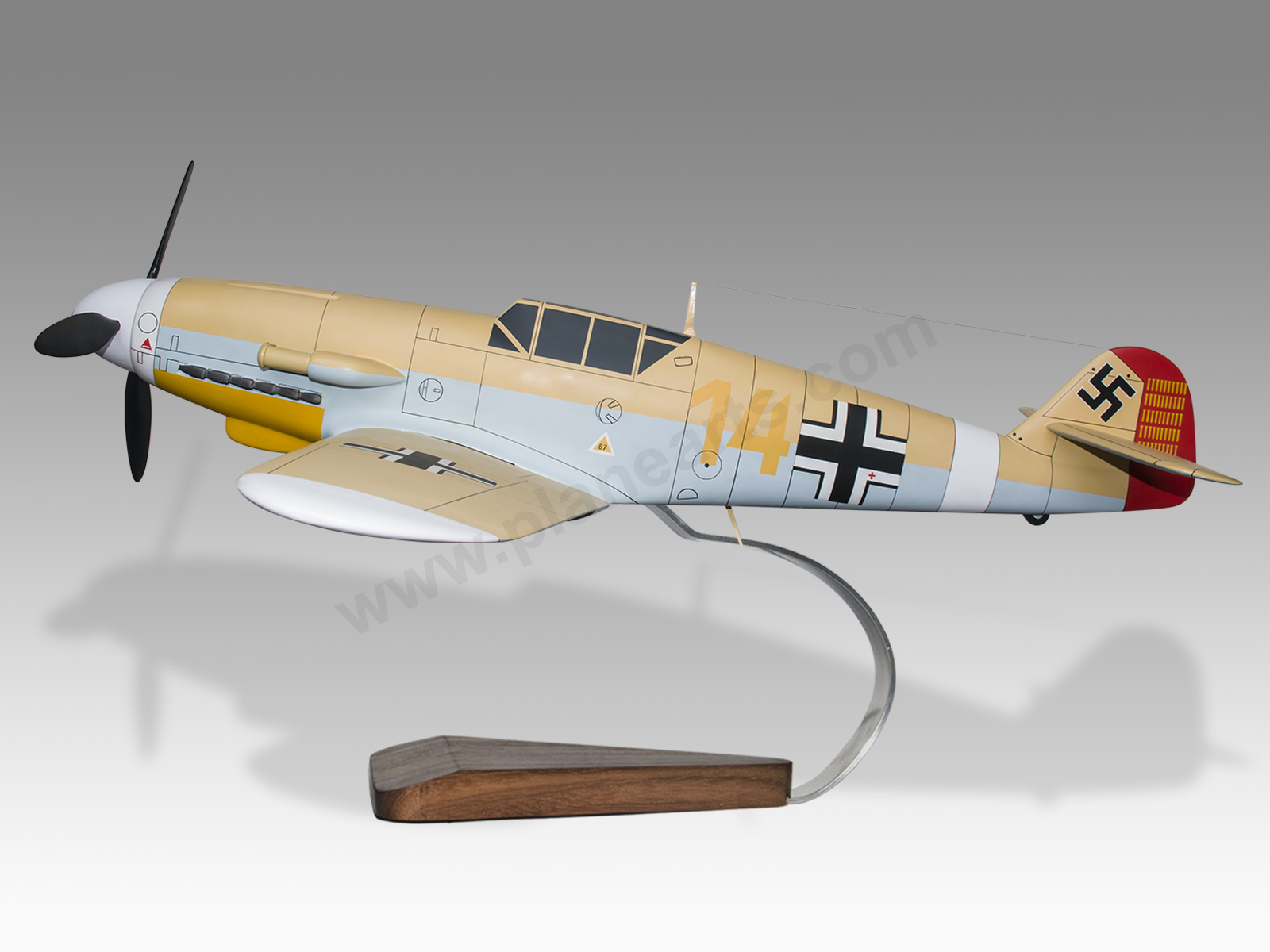
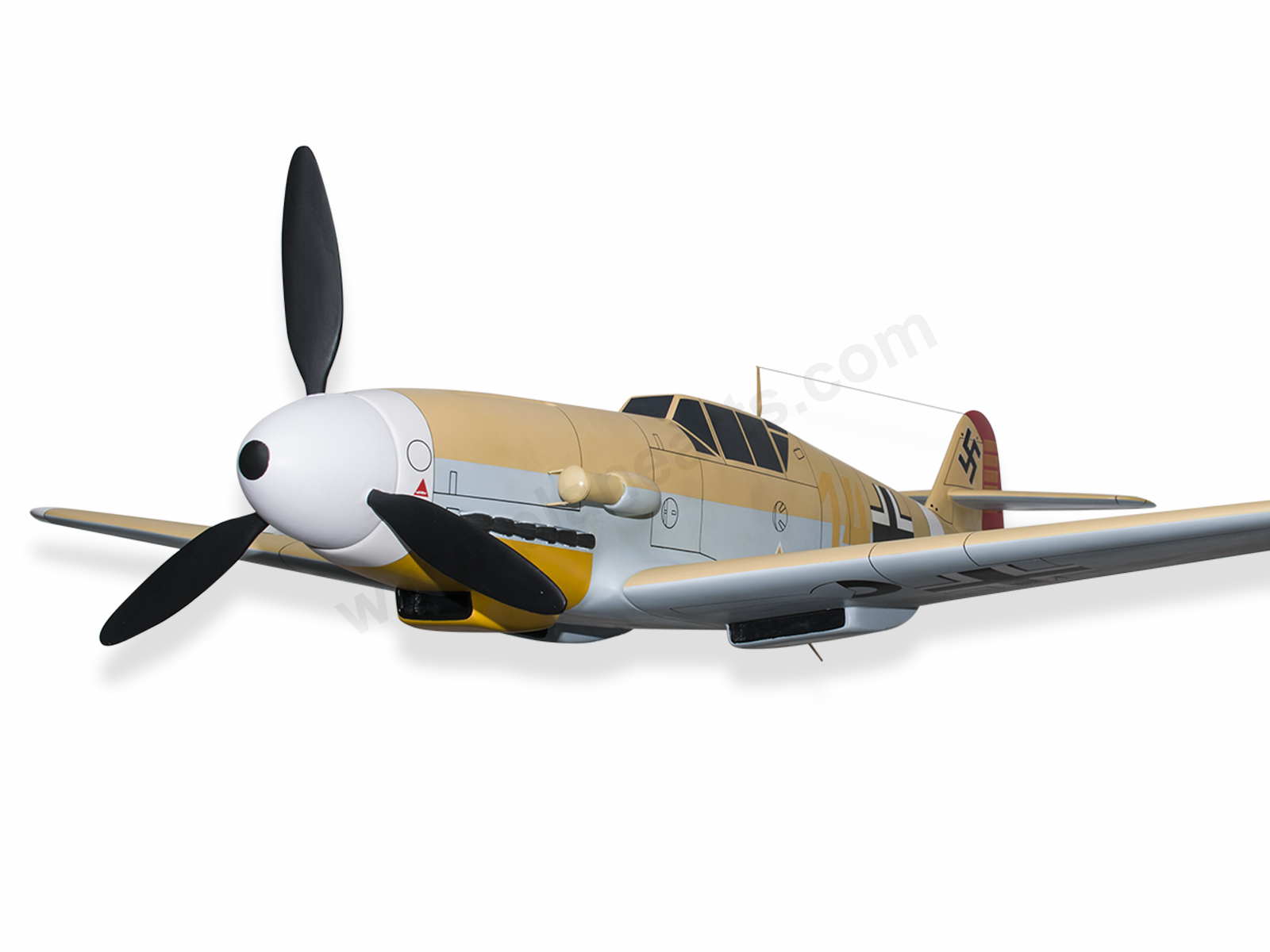
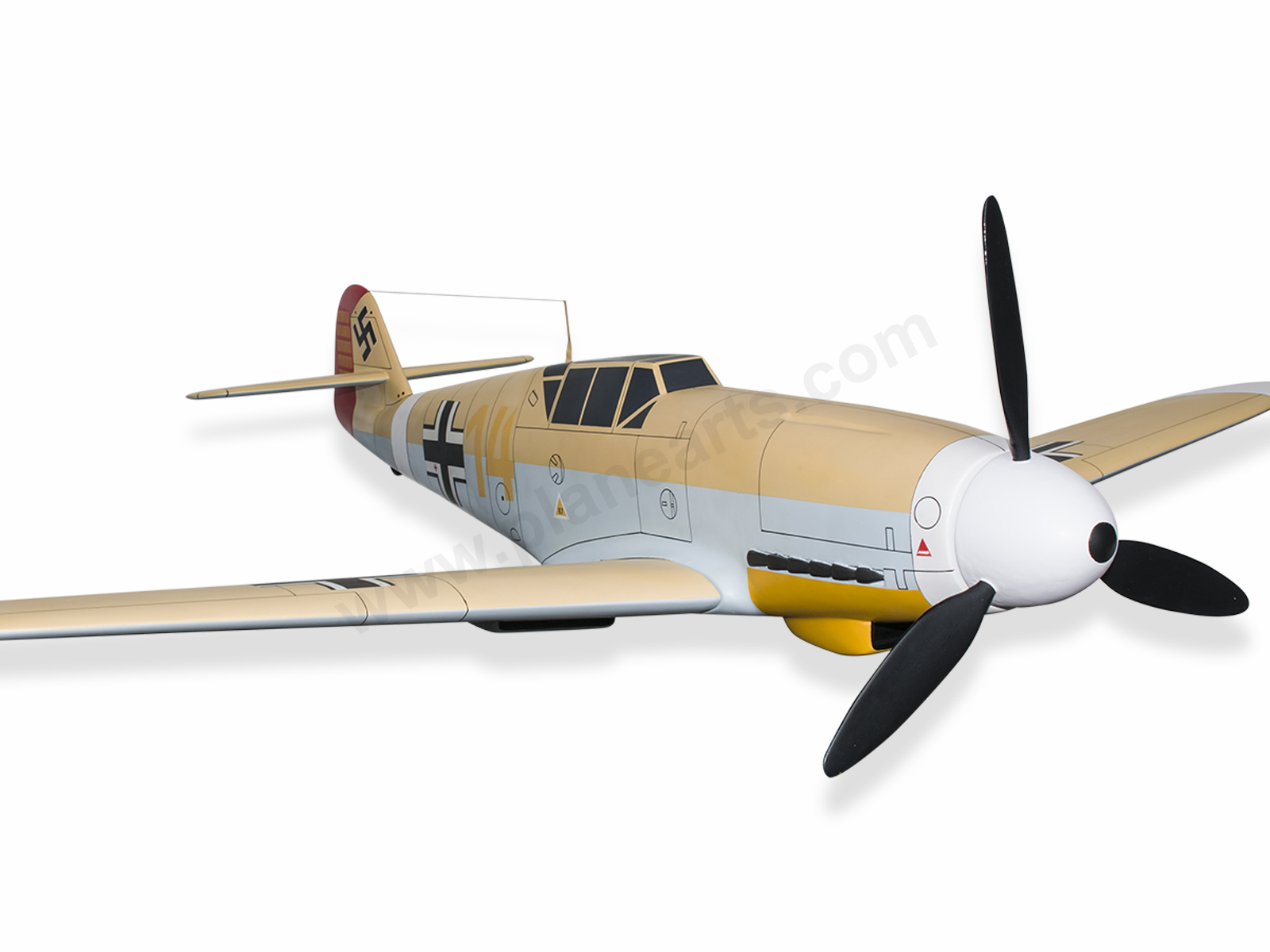
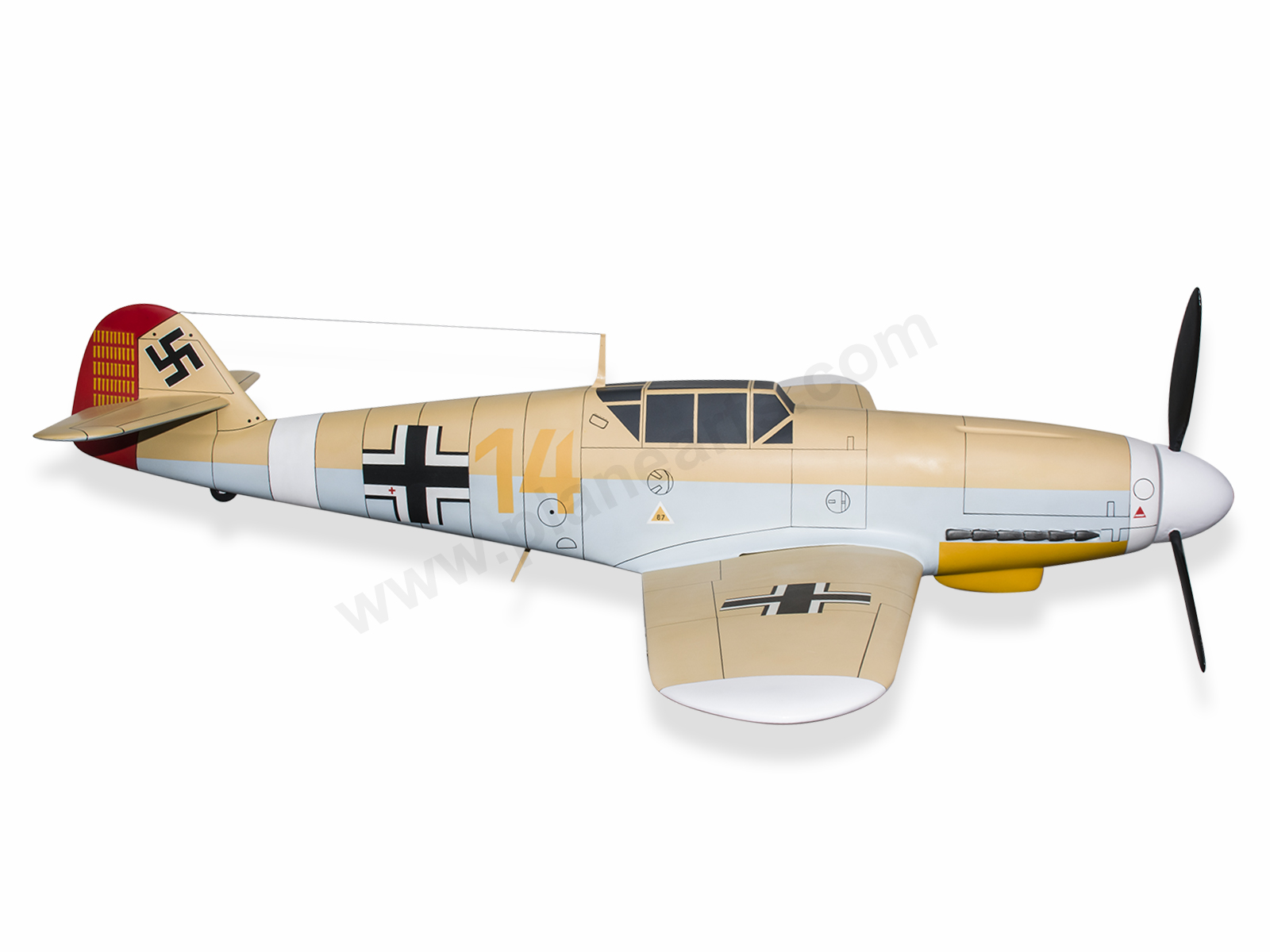

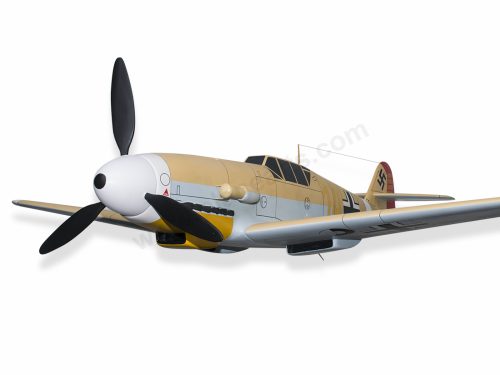

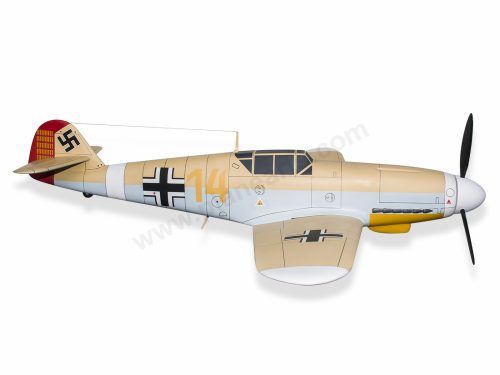

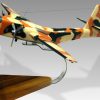

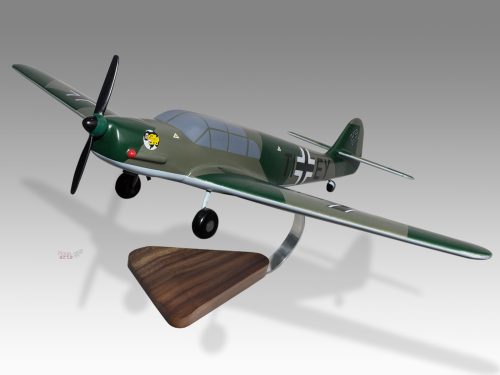
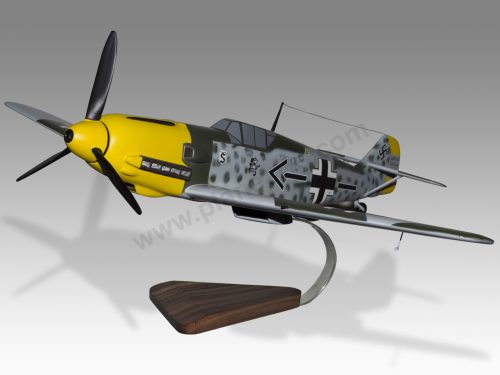
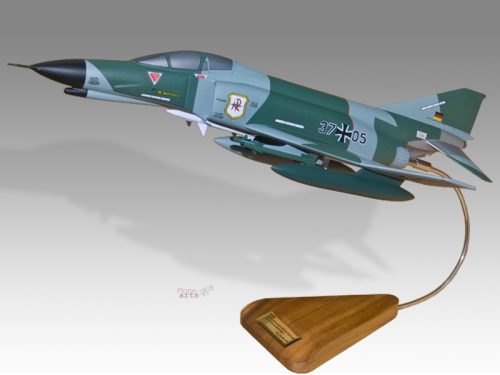
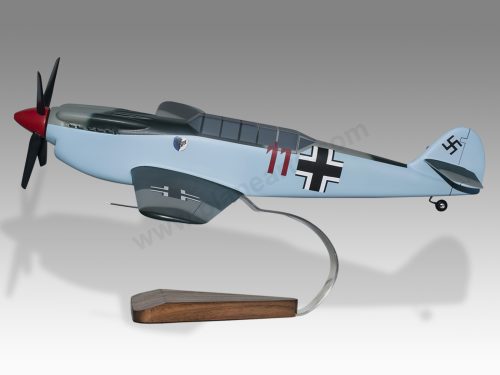
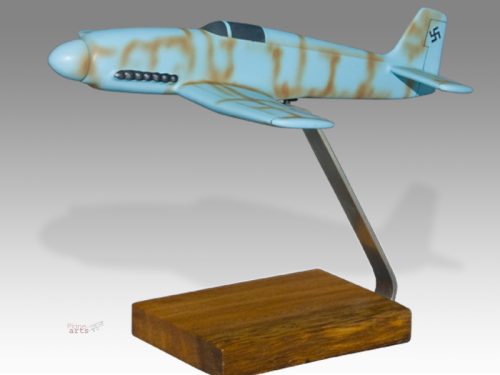
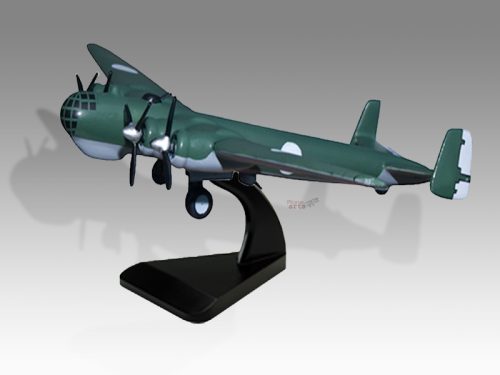



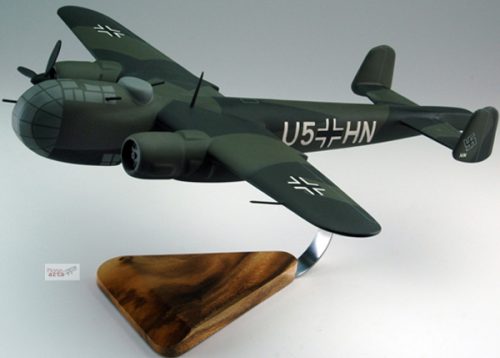

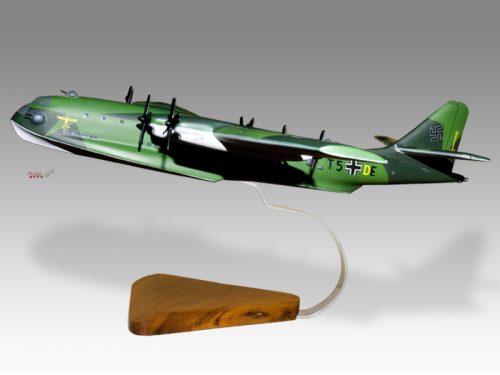

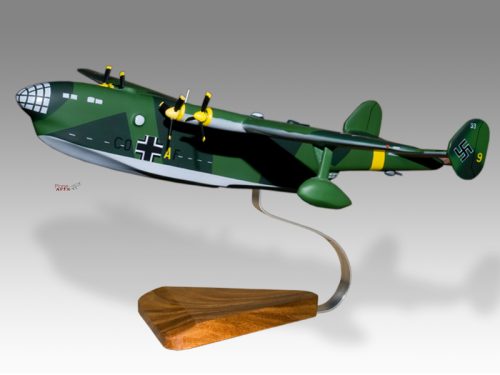



Reviews
There are no reviews yet.